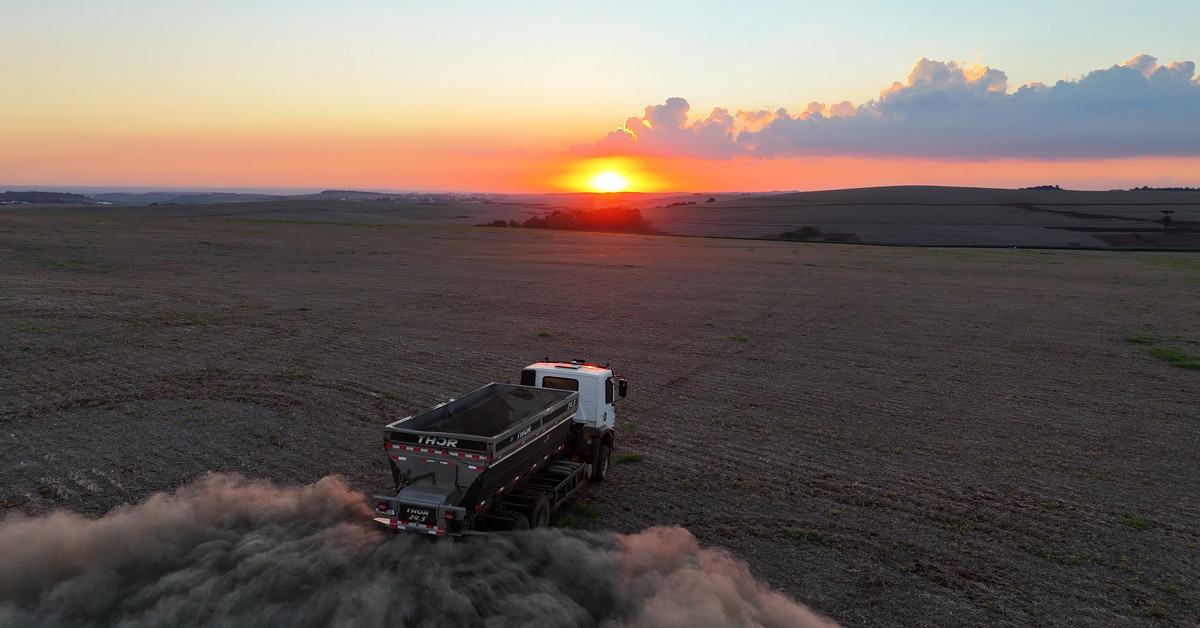Google and Terradot Unveil Ambitious Carbon Removal Plan
In a significant move to combat climate change, Google has partnered with a startup called Terradot to purchase 90,000 tons of carbon dioxide removal through enhanced rock weathering (ERW). This groundbreaking deal marks the largest ERW agreement to date, with Google committing to remove an additional 200,000 tons of CO2 from the atmosphere. The initiative is a testament to the growing recognition of the need for effective carbon removal strategies.
The Science Behind Enhanced Rock Weathering
Enhanced rock weathering is a natural process that involves accelerating the breakdown of rocks in the presence of water and air. This process releases calcium and magnesium ions, which react with CO2 in the atmosphere to form bicarbonate, a stable compound that can be stored in the ocean. Terradot’s ERW technology uses finely ground basalt rock, sourced from quarries in southern Brazil, to increase the surface area exposed to weathering. By spreading this rock on farms and other agricultural areas, the company aims to capture CO2 and reduce its impact on the climate.
A Collaborative Effort
The partnership between Google and Terradot is a result of collaborative efforts between several companies, including Frontier, a carbon removal initiative led by Stripe, Google, Shopify, and McKinsey Sustainability. This collective approach highlights the growing recognition of the need for innovative solutions to combat climate change. By pooling resources and expertise, these companies aim to accelerate the development and deployment of effective carbon removal technologies.
The Benefits of Enhanced Rock Weathering
Enhanced rock weathering has several benefits that make it an attractive solution for carbon removal. Firstly, it is a relatively low-cost method compared to other carbon capture technologies. Additionally, ERW can be deployed in areas with suitable climate conditions, such as Brazil’s hot and humid regions. This approach also offers the potential for co-benefits, including improved soil health and reduced fertilizer use.
Challenges Ahead
While enhanced rock weathering holds promise, there are several challenges that need to be addressed. One of the main concerns is measuring the effectiveness of ERW in capturing CO2. Terradot plans to assess carbon sequestration through soil sampling and monitoring degradation rates over time. However, there is still uncertainty surrounding the extent to which bicarbonate makes it to the ocean, where it can permanently sequester CO2.
A Small but Significant Step
Google’s purchase of 200,000 tons of carbon removal from Terradot may seem like a small fraction of its overall carbon footprint, which was responsible for 14.3 million metric tons of CO2 pollution last year. However, this move is seen as a significant step towards acknowledging the need for both emissions reductions and carbon removal strategies.
The Future of Carbon Removal
While enhanced rock weathering holds promise, it is essential to acknowledge that carbon removal is not a substitute for preventing greenhouse gas emissions in the first place. Experts emphasize the need for a multifaceted approach that combines emissions reductions with innovative solutions like ERW. As companies like Google and Terradot push the boundaries of carbon removal technologies, there is growing recognition of the importance of collaborative efforts to combat climate change.
Conclusion
The partnership between Google and Terradot marks an important milestone in the development of effective carbon removal strategies. Enhanced rock weathering has shown promise as a low-cost and deployable method for capturing CO2 from the atmosphere. As companies continue to invest in innovative solutions, there is growing recognition of the need for both emissions reductions and carbon removal technologies. By acknowledging the complexity of climate change and working together towards common goals, we can take significant steps towards mitigating its impacts on our planet.
Google’s Commitment to Carbon Removal
In a separate announcement, Google revealed plans to develop advanced nuclear reactors and new solar and wind farms to power its energy-hungry AI data centers. This move underscores the company’s commitment to transitioning to carbon pollution-free electricity. By acknowledging the limitations of carbon removal technologies, Google is prioritizing emissions reductions while investing in innovative solutions that can complement them.
Terradot’s Ambitious Goals
Terradot aims to capture 90,000 tons of CO2 through its ERW technology by 2029 and an additional 200,000 tons for Google by the early 2030s. The company has partnered with Brazil’s agricultural research agency (EMBRAPA) to utilize its strategy on over one million hectares of land. By leveraging the country’s favorable climate conditions, Terradot seeks to accelerate the weathering process and achieve significant carbon sequestration.
The Road Ahead
As companies like Google and Terradot continue to pioneer innovative solutions for carbon removal, there is growing recognition of the need for a multifaceted approach to combating climate change. By acknowledging the limitations of individual technologies and working together towards common goals, we can take significant steps towards mitigating the impacts of climate change on our planet.

